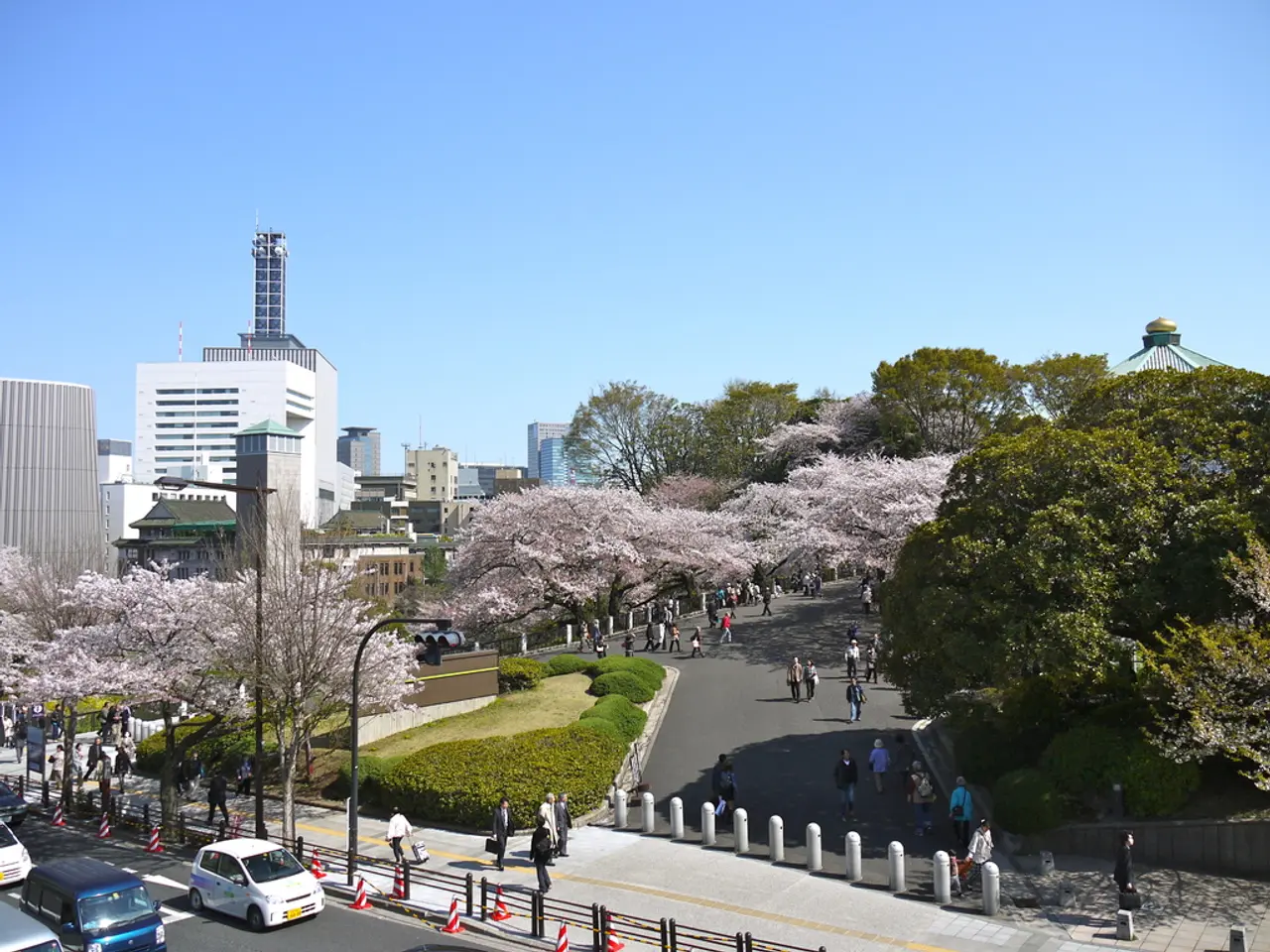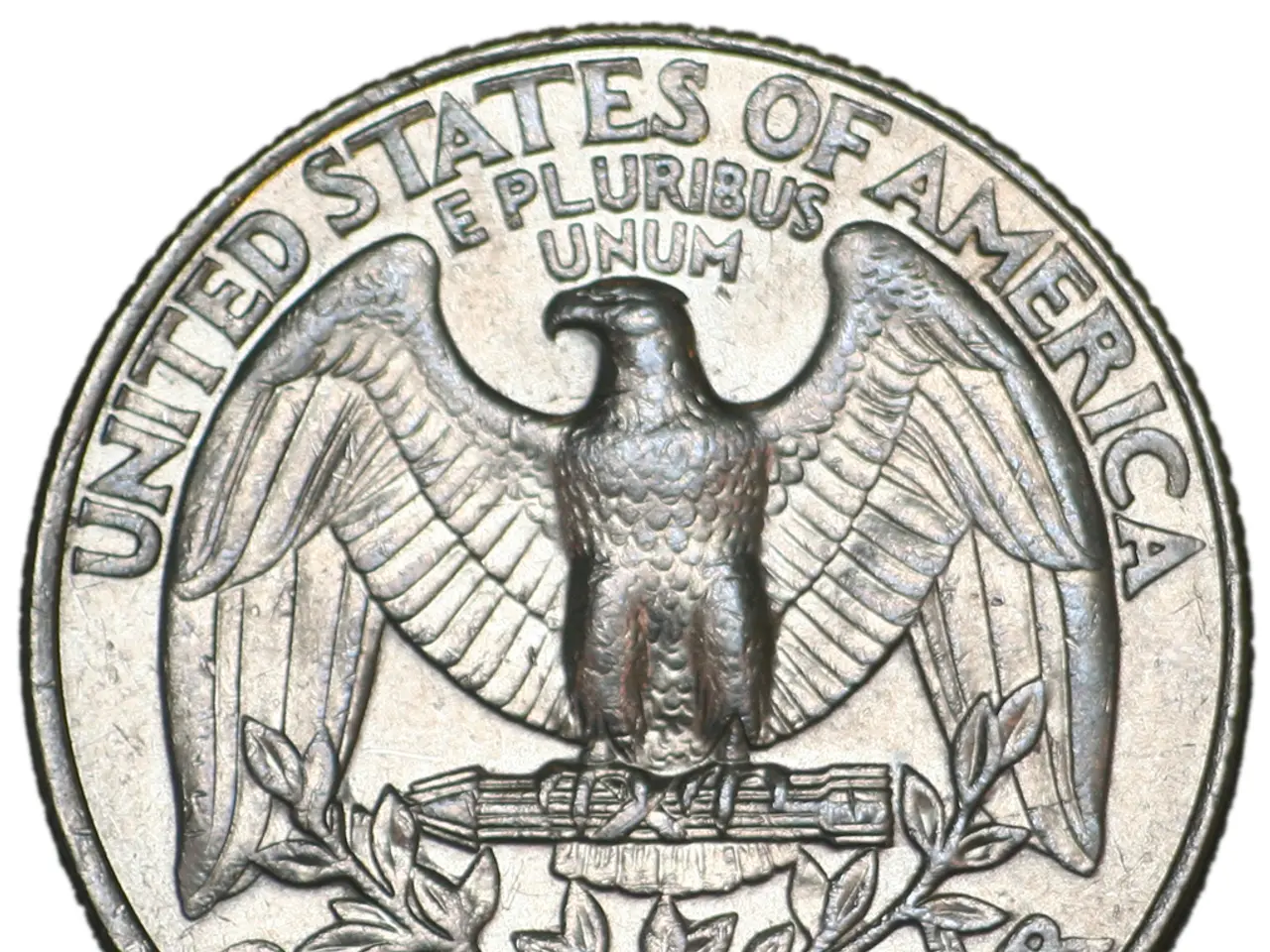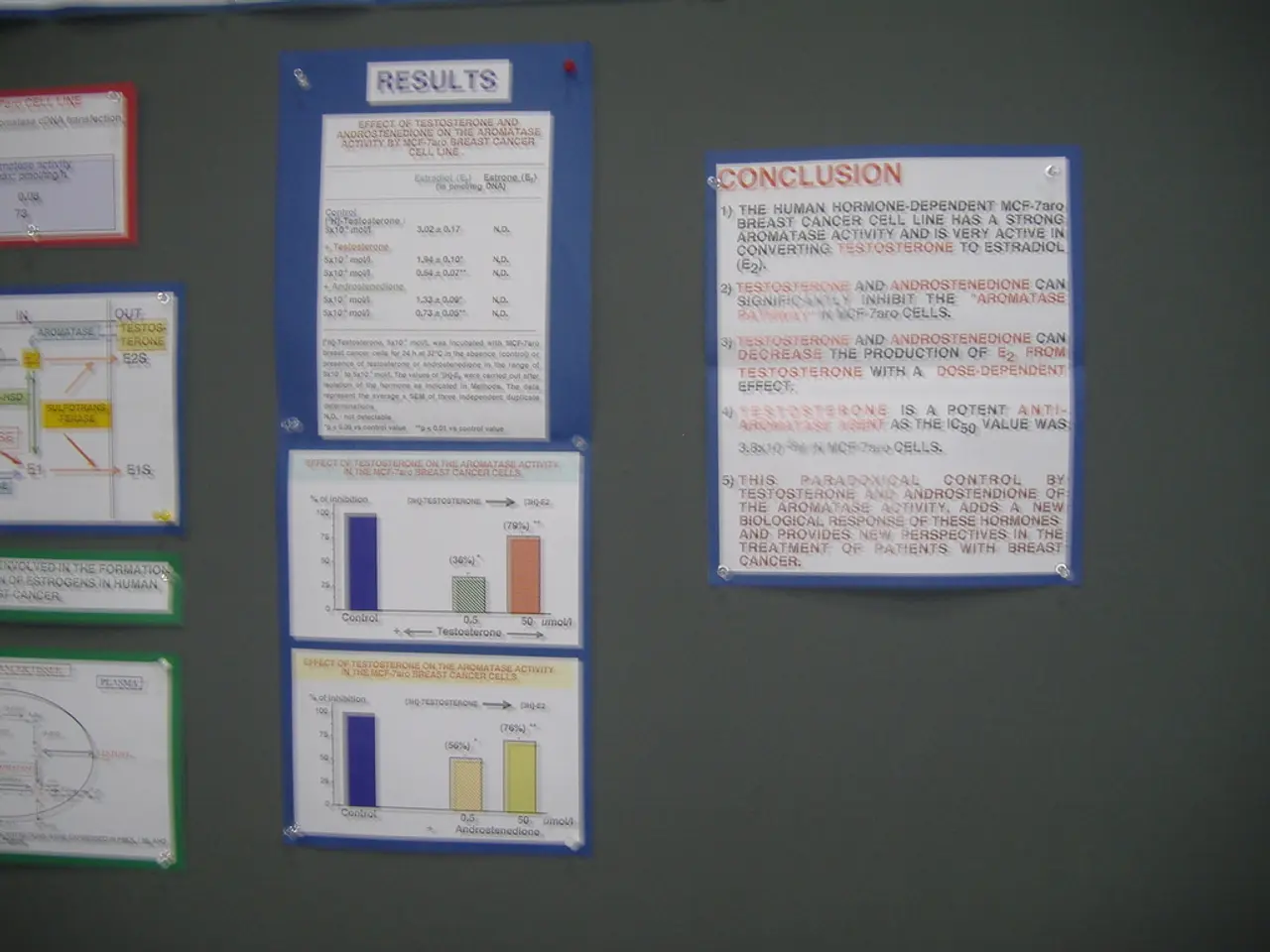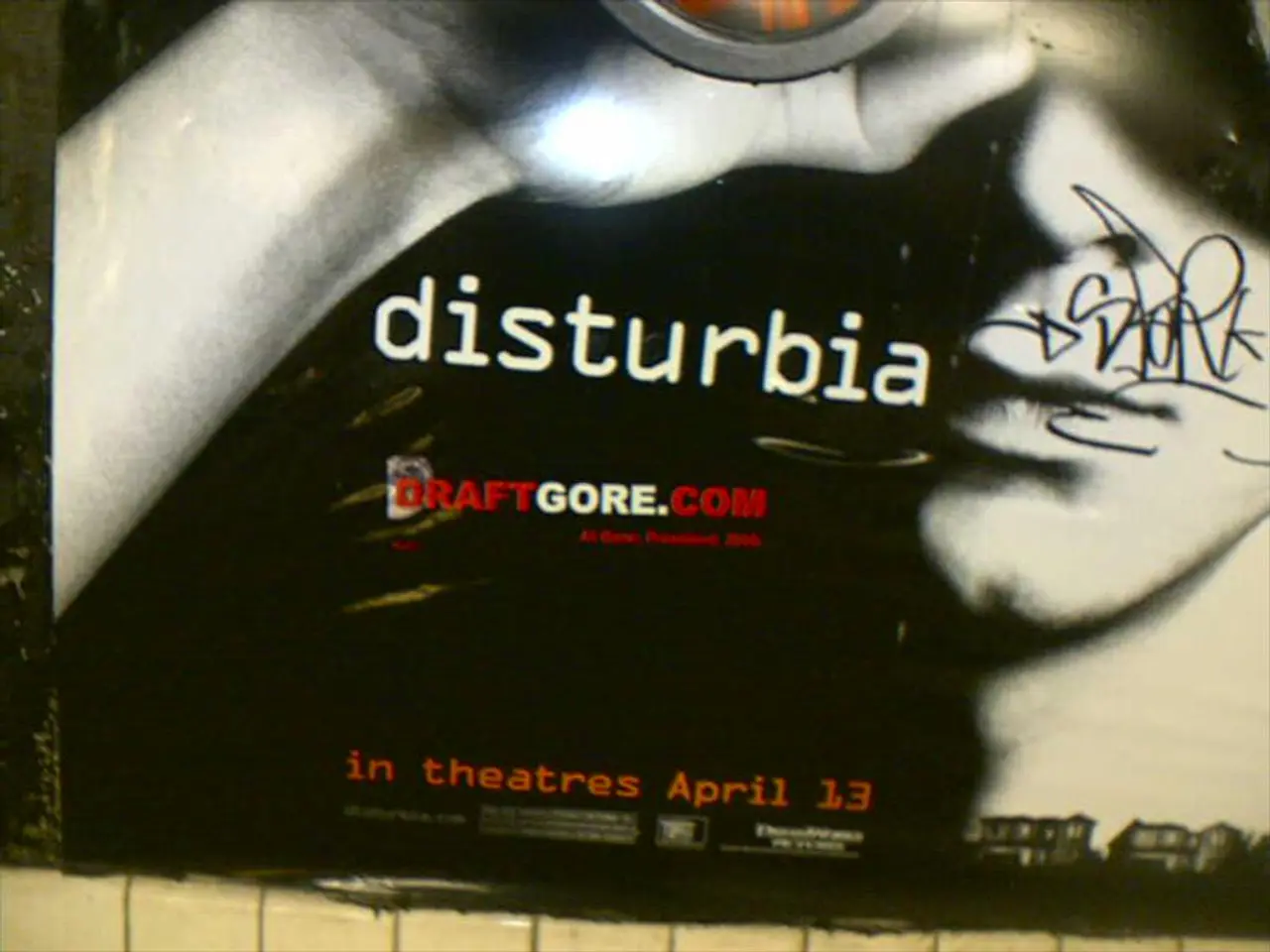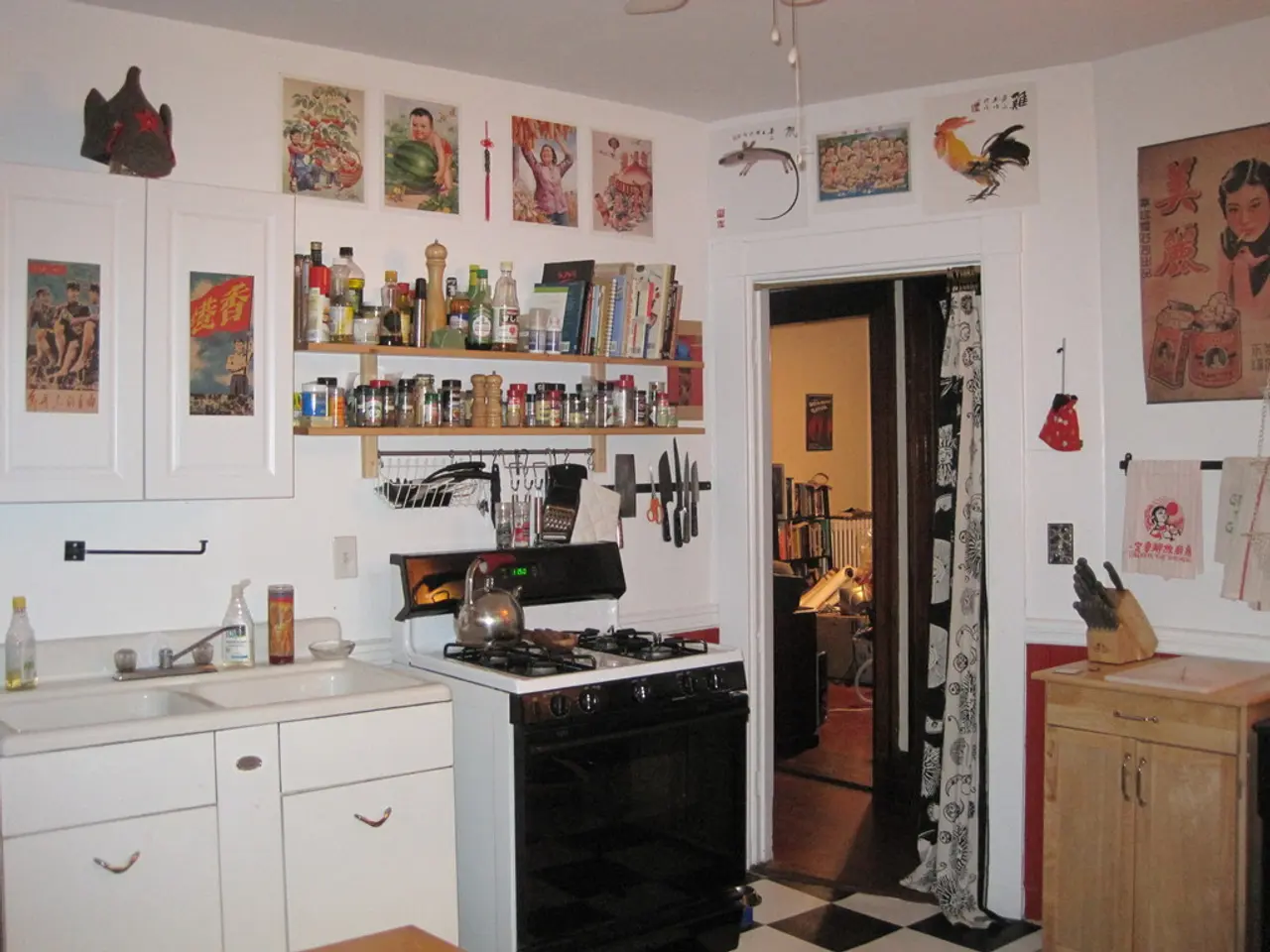Was there no overhead passway here previously?
In the heart of Karlsruhe, the intersection at Hirschstraße has long been a source of tension for both motorists and cyclists. A non-representative survey conducted recently revealed that 84.8% of respondents do not consider the intersection safe. To address this issue, the city of Karlsruhe has announced plans to rebuild the intersection, but why was the Hirschstraße Underpass, a dormant infrastructure option, not reopened as a simpler solution?
The Hirschstraße Underpass, built in 1969 and closed after the completion of the Karoline-Luise-Tunnel, was indeed available as an option. However, several factors led to its continued closure.
### Structural and Safety Concerns
The underpass had been closed for an extended period and likely required significant repairs or upgrades to meet modern safety and structural standards. Additionally, modern traffic and pedestrian safety standards might have rendered the underpass inadequate without costly renovations.
### Urban Planning and Traffic Flow Considerations
Since the underpass was built, Karlsruhe’s traffic infrastructure and flow patterns may have evolved, making the underpass less suitable or effective in handling current traffic volumes or directions. Reopening the underpass could have conflicted with newer urban development plans, pedestrian zones, or public transport routes designed to reduce traffic chaos more comprehensively.
### Alternative Solutions Preferred
Instead of a quick fix by reopening the underpass, city planners may have preferred long-term solutions that involved redesigning intersections, upgrading tram lines, or implementing smart traffic control systems. The city of Karlsruhe is known for promoting sustainable transport modes, such as trams and cycling. Reopening a car-focused underpass might contradict these goals.
### Cost-Benefit Analysis
The cost to retrofit and maintain the underpass might have outweighed the potential benefits in alleviating traffic congestion. Funds might have been allocated to new projects deemed more effective in solving the root causes of traffic chaos rather than reopening an old tunnel.
The rebuilding plans for the intersection at Hirschstraße will be presented at the end of August. The plans include signaled crossings in the west, north, and south of Hirschstraße, enlarged waiting areas in the traffic light area, and the reorganization of the roadway into Hirschstraße. The city aims to make crossing Kriegsstraße easier through these four adjustments.
While the Hirschstraße Underpass is not being reopened, the city of Karlsruhe's approach to solving traffic issues tends to favor comprehensive, long-term strategies rather than reopening older infrastructure that may not align with current needs and standards. The city's focus on sustainable transport and integrated traffic management is evident in its decision-making process, ensuring that Karlsruhe remains a city that prioritizes the safety and well-being of its residents and visitors.
The Hirschstraße Underpass, with its history of closure since 1969, could have offered a simpler solution to resolve the tension at the intersection. However, considering structural and safety concerns, urban planning aspects, traffic flow considerations, and the city's preference for long-term solutions, such as redesigning intersections and implementing smart traffic control systems, the underpass remained closed. Instead, the city chose a comprehensive rebuilding plan for the intersection, aiming to prioritize public safety and well-being while maintaining its focus on sustainable transport and integrated traffic management.
